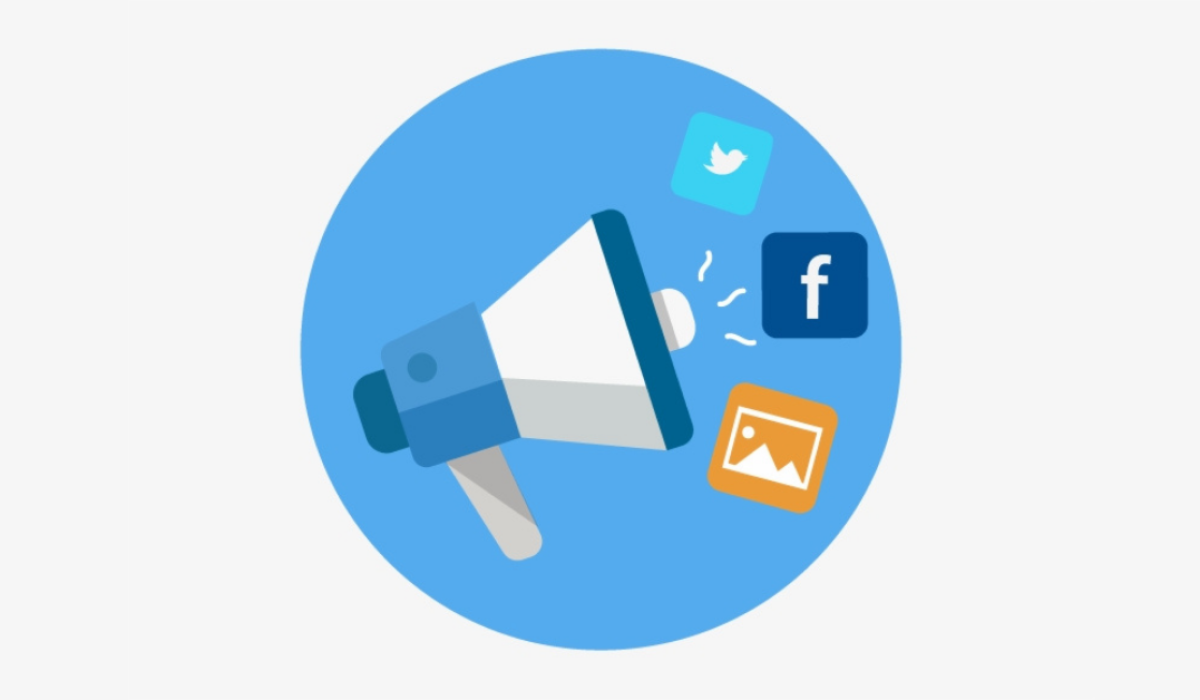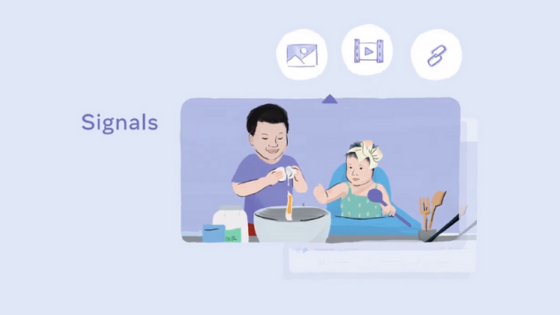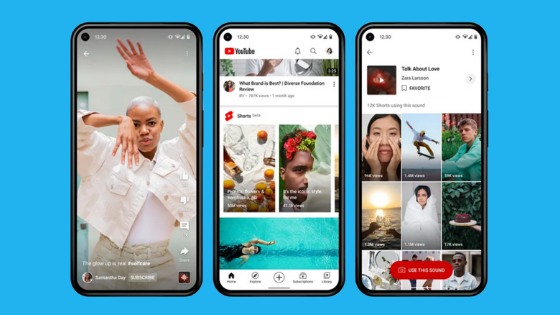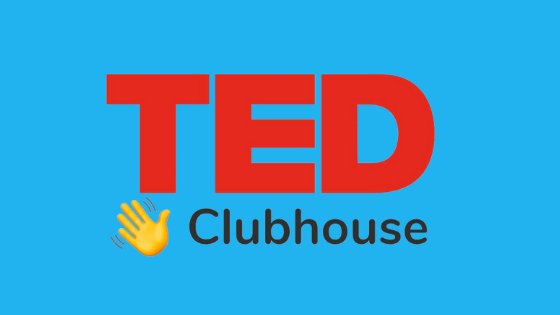Social media is forever changing which makes it easy to miss an update from time to time. Twice a month, we look into three of the latest key updates from the past few weeks from the various social media giants. Here’s what’s been happening recently…
Facebook Provides New Explainer on How its News Feed Algorithm Works
Facebook has shared a new video explainer of how its infamous News Feed algorithm works. While it doesn’t provide any major new insights or tips, it does give a good, general overview of Facebook’s content ranking process.
As explained by Facebook:
“Our goal is to make sure you see the posts that are most valuable to you at the top of your Feed every time you open the Facebook app. And because most people have more content in their News Feed than they could possibly browse in one session, we use an algorithm to determine the order of all of the posts you can see.”
The video outlines the process of feed ranking, including the four key elements that Facebook considers when selecting relevant content to display to each user.
Those elements are:
- Inventory – This is the starting point, with all of the posts that you could potentially be shown each day in the initial sample set. These posts are based on the Pages and people you follow, and the content they’ve shared and engaged with, as well as the groups you’re a part of, and the ad content that you’re eligible to be served on any given day.
- Signals – The algorithm then uses various signals to determine each post’s relevance to you. This is based on your connection to the person/Page sharing the update, including how you’ve interacted with them in the past. The algorithm also considers whether this is a photo, video or link post, which also factors into what you see, based on your engagement history (i.e. if you watch more video, you’ll be shown more video updates).
- Predictions – Based on these considerations, the algorithm then makes predictions about your likely engagement with each new post, in an effort to highlight the most personally relevant content based on these factors.
- Score – Finally, the algorithm will then scores each post in your content pool in order to rank them, taking into account all of these factors. The higher the relevance score, the more likely that post will appear at the top of your Facebook feed.
This is the basic gist of the News Feed, and based on this, you can understand how to maximise reach on the platform. The more people who find your content personally relevant, and engage with your updates – by viewing, reacting, commenting, sharing – the more likely your content will appear higher in each individuals’ feed.
YouTube Launches Shorts Beta in All Regions
While TikTok is still leading the app download charts, YouTube is definitely not going to give up any video content ground without a fight.
This week, as part of its continued effort to quell the popularity of the short-form video app, YouTube has expanded beta testing of its Shorts tools to users in the UAE and the Middle East, the next stage for its TikTok clone effort.
YouTube first launched Shorts to users in India last September – two months after TikTok was banned in the region – before expanding it to the US user in March this year. And so far, the Shorts feed has proven popular, despite it being a direct replica of TikTok.
Earlier this year, as part of its earnings update, YouTube’s parent company Alphabet reported that Shorts is now up to 6.5 billion daily views, rising from 3.5 billion at the end of 2020. How, exactly those users come to Shorts is another question, with some simply viewing them as regular YouTube clips, as opposed to accessing them through the dedicated Shorts tab. But still, at YouTube’s scale, it can provide significant competition for TikTok, and with YouTube’s creator monetisation tools also more advanced, it could prove to be a powerful lure for top TikTok stars, which may, eventually, be problematic for the rising app.
We are rolling out the @YouTube #Shorts beta to everywhere where YouTube is available this week! Excited to see the creativity from mobile @YouTubeCreators, esp how they use our remix audio feature from videos across YouTube… pic.twitter.com/Vj3y179A07
— Neal Mohan (@nealmohan) July 12, 2021
Clubhouse Establishes Exclusive Deal With TED To Expand Its Content Pool
Clubhouse may have lost its initial buzz, as the bigger players look to add in competing audio social elements and features designed to negate its growth. But the upstart platform still has a few tricks up its sleeve.
Today, Clubhouse has announced that it’s partnering with TED to share exclusive content from TED’s roster of thought leaders and experts, which could help to keep users coming back to the app.
As explained by Clubhouse:
“Beginning Monday, July 12th, TED will host a series of rooms via their official Clubhouse Club. They will commence the programming with Thank Your Ass Off, a weekly room hosted by New York Times bestselling author and popular TED speaker A.J. Jacobs and creative strategist and celebrated Clubhouse creator Mir Harris. The room builds upon an idea shared in a TED Talk, and book by Jacobs, and invites notable guests and the Clubhouse community to come together to “thank the unsung heroes of our lives.” Additional rooms for the summer and beyond will be announced in the weeks ahead.”
The addition of popular broadcasters, who’ve gained recognition through the TED Talks series, could help Clubhouse maintain its appeal – though, really, the announcement should probably come as little surprise.
Want to be the first to the latest news in social media? Subscribe to our email newsletter and we’ll send the latest updates straight to your inbox every Friday morning.








